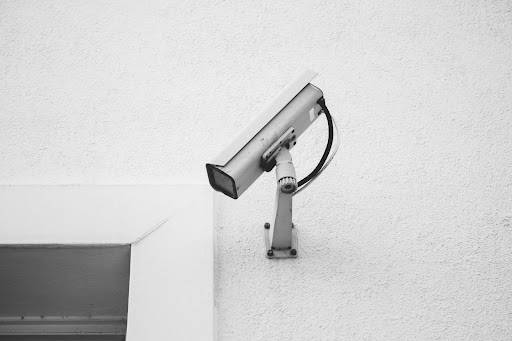Naturally, you want your business to be as safe and secure as possible. However, with so many advancements in technology, it can be hard to determine the most important considerations when choosing a system. Video security systems significantly increase a business's overall security, but what features and capabilities must you consider when investing in one for your own business? Today, advanced business security camera systems operate remotely
via cloud-based video technologies
, but we'll get into those features once we've considered the quality of the cameras themselves.
The Resolution, Field of View, and Frame Rate
When choosing a video security camera system, it's essential that you carefully consider the quality of the cameras themselves. Ideally, you should opt for a camera system that records in 4-megapixel resolution at the least. This is because you will want to confidently rely on being able to clearly identify people and objects when zooming in and out. A 4Mpx camera is double the resolution of 1080p HD. Field of view is also a key consideration, as this determines the width of the camera coverage. Obviously, the wider the angle, the greater the area the security camera can cover. A camera's recording frame rate is also an essential factor to consider. Frame rate refers to the number of stills a camera captures and blends together into one recording second. The higher the frame rate, the smoother the video render will be. Low frame rates result in choppy footage. Cameras that support a minimum of 30 FPS (Frames Per Second) are recommended for security use.
Low-Light Infrared Technology
security cameras need to operate round the clock for maximum protection. Cameras that are capable of capturing footage in dark conditions are fitted with greater levels of low-light infrared technology. When investing in quality commercial security camera systems, consider cameras with advanced low-light recording capabilities. Such cameras can capture high-quality footage despite extreme low-light conditions. Depending on the nature of your business, after-dark hours may be the most vulnerable security window, so ensuring that your video security system is up to the task of capturing quality footage in dark conditions is crucial. Heightened security measures overnight can also
for commercial business insurance. Additionally, a surprising number of cybersecurity incidents are related to inadequate physical security measures, so ensuring that you invest in a robust and effective physical security system also goes a long way to further protecting your business from the threats of cyberattacks.
Ability to Remotely Monitor and Control
Video security management systems that integrate with cloud-based software are undoubtedly the way of the future for commercial security. Not only does the ability to remotely manage a video security system greatly improve the flexibility of use, but it helps to ensure that security is monitored and any issues are addressed in real-time, no matter where you are. Features that support low bandwidth optimization, such as adjustable frame rates and image-size reduction, can assist with sending streams via low-bandwidth networks to mobile devices and remote locations.
Motion Detection and Analytics
The most basic level technology in modern video security systems is motion detection. However, higher-end, modern security cameras now also feature video analytics software, with capabilities for detecting and classifying differences in objects such as people and vehicles and particular behaviors or events, like fighting or loitering. Furthermore, each specific event or behavior can elicit a pre-programmed automatic response, such as law enforcement being alerted or dispatched, security personnel being notified, and in some cases, pre-recorded messages being delivered via on-site speakers. These features do come at a cost, but are becoming more mainstream as security technology continues to progress. Such analytics make
systems more intelligent, and enabling real-time alerts to potential incidents vastly improves human response times, as well as the likelihood of intercepting a possible security threat before it escalates.
Open API (ONVIF and PSIA Support)
An open API (Application Programming Interface) combined with the adoption of ONVIF (Open Network Video Interface Forum) and PSIA (Physical Security Interoperability Alliance) support allows for easier integration between the hardware and software used for video management systems. Software providers, hardware manufacturers, and system installers are all transitioning towards this approach, so it will pay to invest in a video management system that offers this support.
Weighing the Cost up Against the Features and Benefits.
Ultimately, you get what you pay for, so depending upon your budget, you may have to consider which security features are the most important when protecting your particular business. Nevertheless, carefully consider the proposed cost of a system against the features it offers, and, of course, shop around. At the very least, you ideally want to future-proof your business's security system by investing in a system that is easily technologically upgradable as you go.
